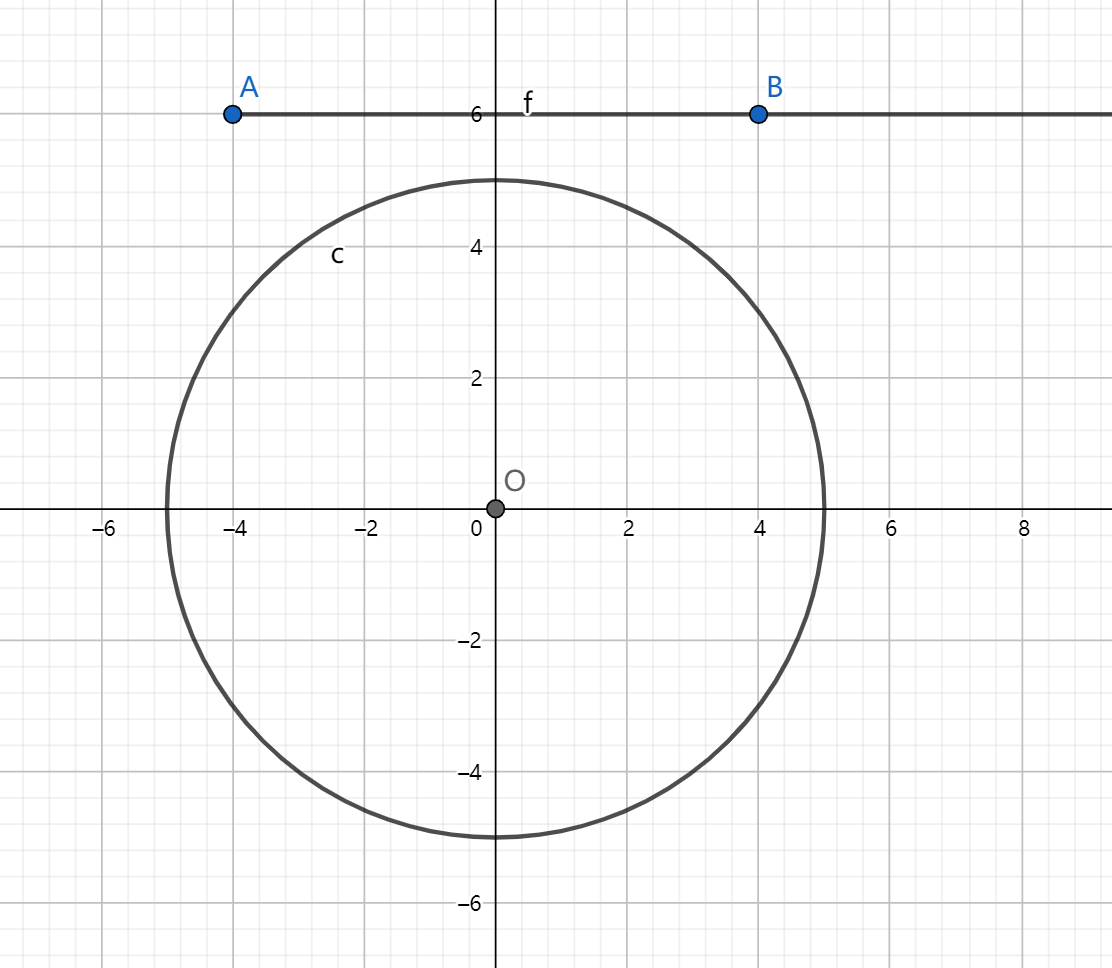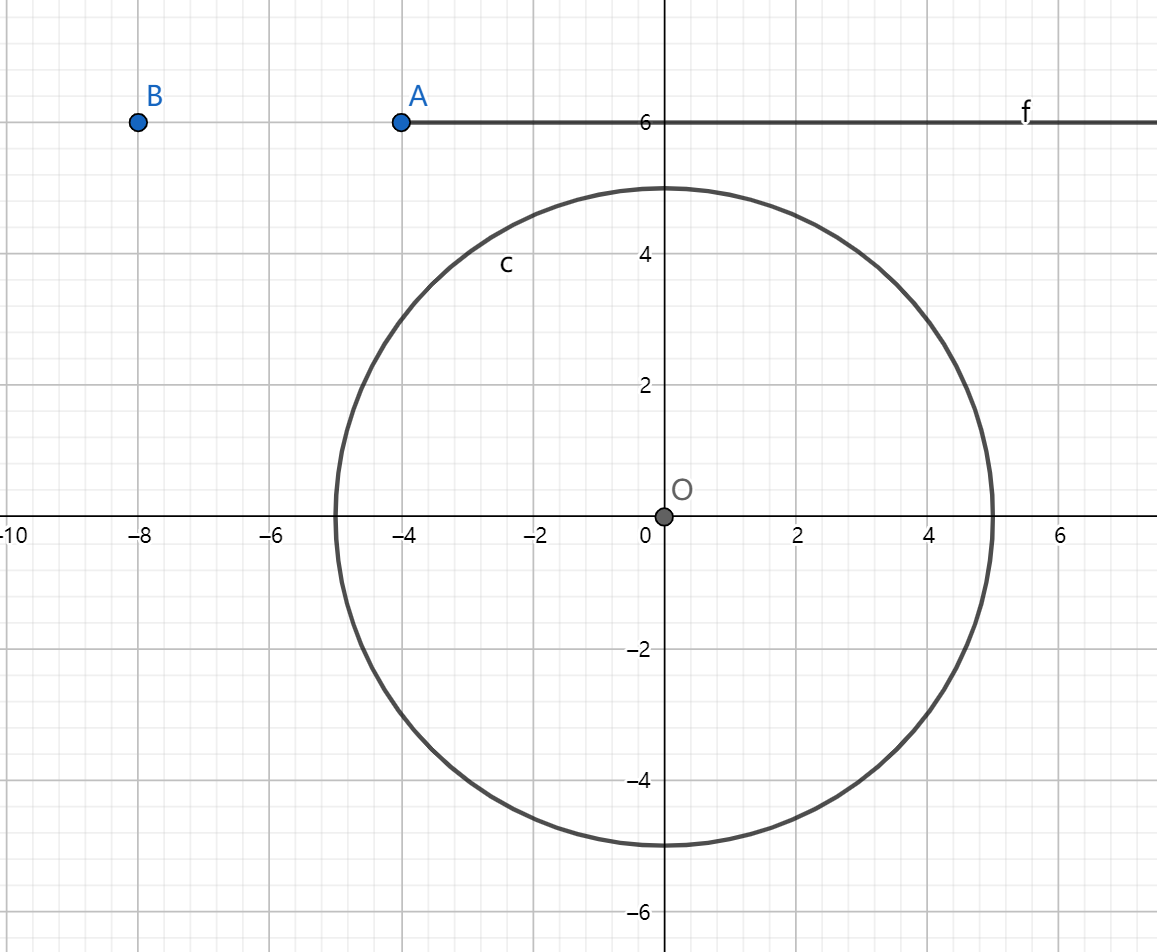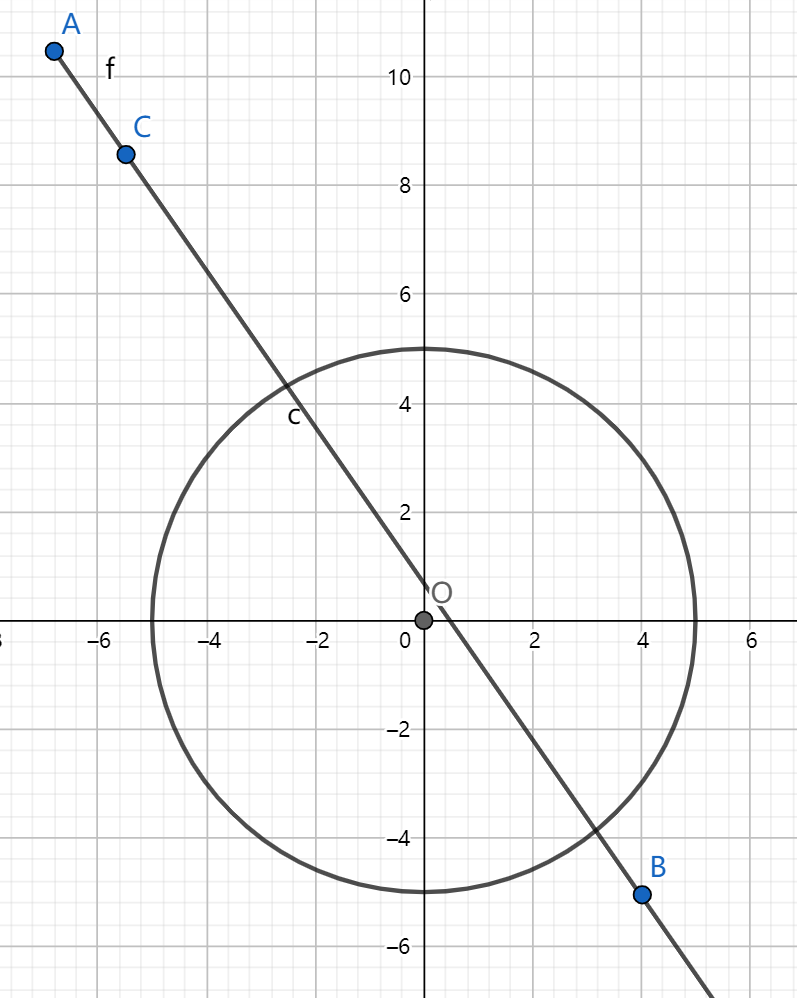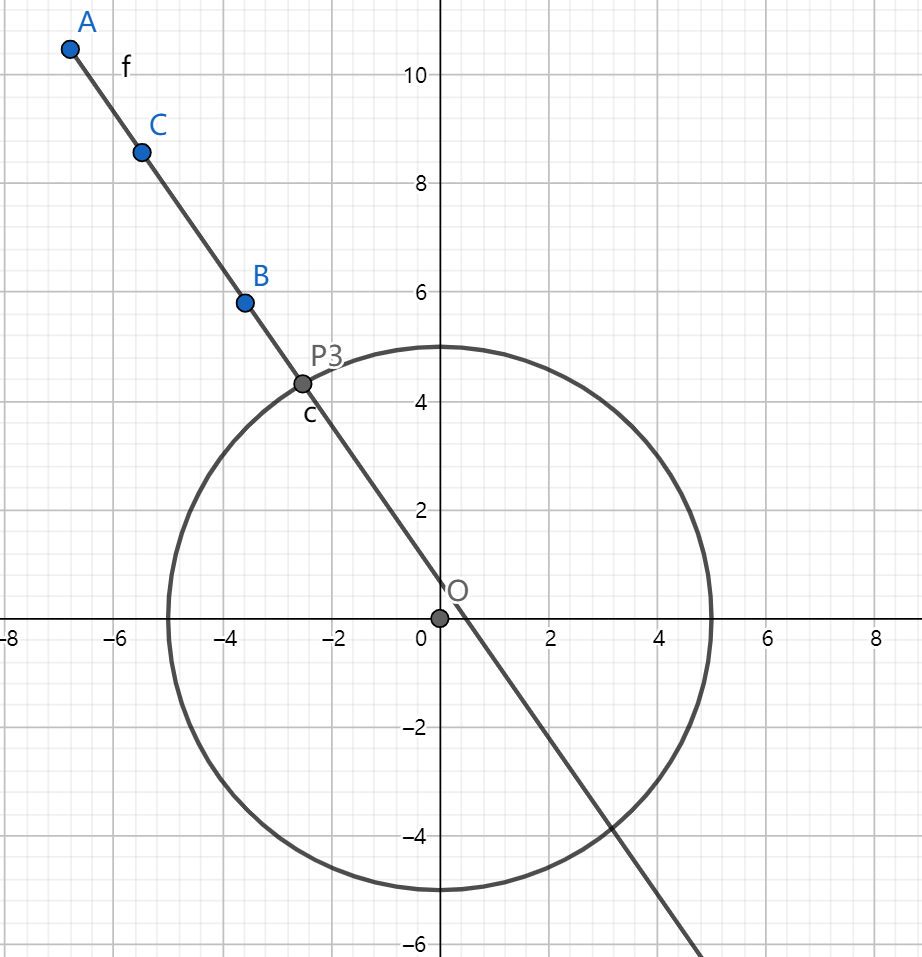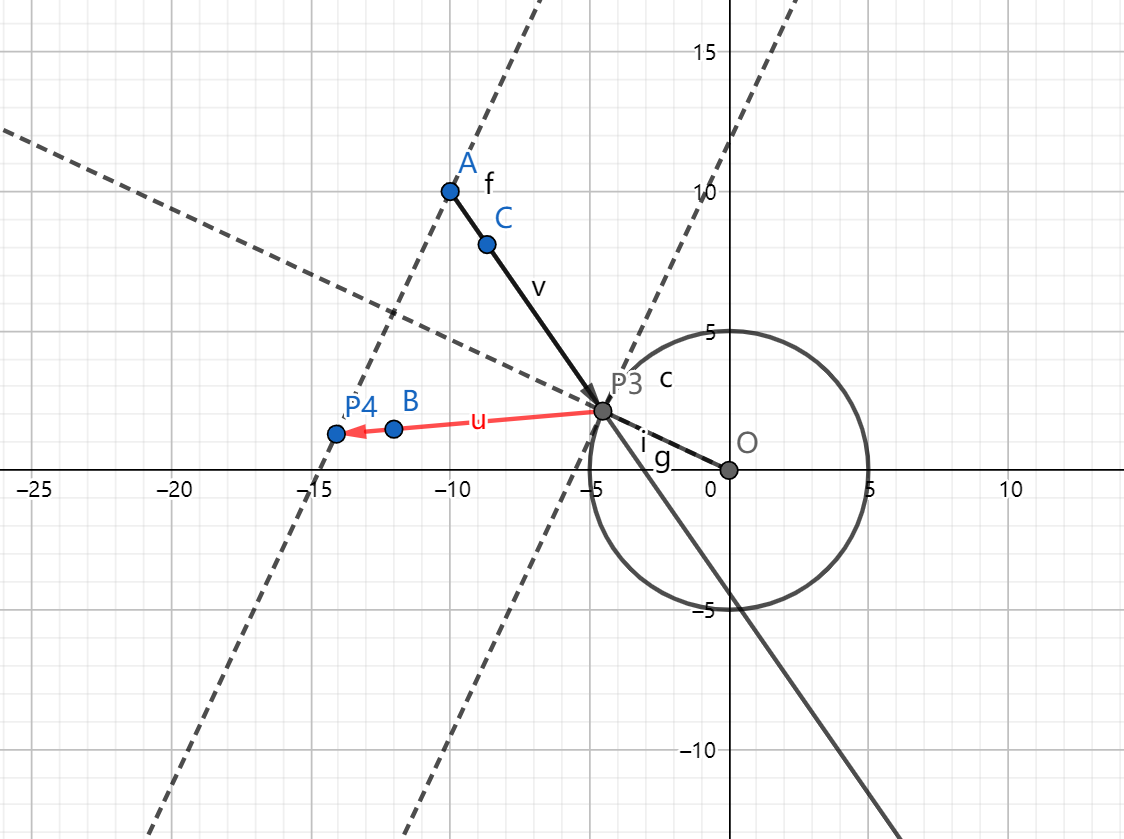1
2
3
4
5
6
7
8
9
10
11
12
13
14
15
16
17
18
19
20
21
22
23
24
25
26
27
28
29
30
31
32
33
34
35
36
37
38
39
40
41
42
43
44
45
46
47
48
49
50
51
52
53
54
55
56
57
58
59
60
61
62
63
64
65
66
67
68
69
70
71
72
73
74
75
76
77
78
79
80
81
82
83
84
85
86
87
88
89
90
91
92
93
94
95
96
97
98
99
100
101
102
103
104
105
106
107
108
109
110
111
112
113
114
115
116
117
118
119
120
121
122
123
124
125
126
127
128
129
130
131
132
133
134
135
136
137
138
139
140
141
142
143
144
145
146
147
148
149
150
151
152
153
154
155
156
157
158
159
160
161
162
163
164
165
166
167
168
169
170
171
172
173
174
175
176
177
178
179
180
181
182
183
184
185
186
187
188
189
190
191
192
193
194
195
196
197
198
199
200
201
202
203
204
205
206
207
208
209
210
211
212
213
214
215
216
217
| #include <bits/stdc++.h>
using namespace std;
typedef long long ll;
typedef double db;
const db eps = 1e-8;
const db inf = 1e18;
const db pi = acos(-1.0);
inline int dcmp(db x) {
if(fabs(x) < eps) return 0;
return x > 0? 1: -1;
}
struct Point{
double x,y;
Point(){}
Point(double _x,double _y){
x = _x;
y = _y;
}
void input(){
scanf("%lf%lf",&x,&y);
}
bool operator == (Point b)const{
return dcmp(x-b.x) == 0 && dcmp(y-b.y) == 0;
}
bool operator < (Point b)const{
return dcmp(x-b.x)== 0?dcmp(y-b.y)<0:x<b.x;
}
Point operator -(const Point &b)const{
return Point(x-b.x,y-b.y);
}
double operator ^(const Point &b)const{
return x*b.y - y*b.x;
}
double operator *(const Point &b)const{
return x*b.x + y*b.y;
}
double len(){
return hypot(x,y);
}
double len2(){
return x*x + y*y;
}
double distance(Point p){
return hypot(x-p.x,y-p.y);
}
db dis2(const Point a) {
return pow(x - a.x, 2) + pow(y - a.y, 2);
}
db dis(const Point a) {
return sqrt(dis2(a));
}
Point operator +(const Point &b)const{
return Point(x+b.x,y+b.y);
}
Point operator *(const double &k)const{
return Point(x*k,y*k);
}
Point operator /(const double &k)const{
return Point(x/k,y/k);
}
double rad(Point a,Point b){
Point p = *this;
return fabs(atan2( fabs((a-p)^(b-p)),(a-p)*(b-p) ));
}
Point trunc(double r){
double l = len();
if(!dcmp(l))return *this;
r /= l;
return Point(x*r,y*r);
}
};
struct Line{
Point s,e;
Line(){}
Line(Point _s,Point _e){
s = _s;
e = _e;
}
void input(){
s.input();
e.input();
}
void adjust(){
if(e < s)swap(s,e);
}
double length(){
return s.distance(e);
}
double angle(){
double k = atan2(e.y-s.y,e.x-s.x);
if(dcmp(k) < 0)k += pi;
if(dcmp(k-pi) == 0)k -= pi;
return k;
}
int relation(Point p){
int c = dcmp((p-s)^(e-s));
if(c < 0)return 1;
else if(c > 0)return 2;
else return 3;
}
double dispointtoline(Point p){
return fabs((p-s)^(e-s))/length();
}
Point lineprog(Point p){
return s + ( ((e-s)*((e-s)*(p-s)))/((e-s).len2()) );
}
Point symmetrypoint(Point p){
Point q = lineprog(p);
return Point(2*q.x-p.x,2*q.y-p.y);
}
};
struct Circle{
Point p;
double r;
Circle(){}
Circle(Point _p,double _r){
p = _p;
r = _r;
}
void input(){
p.input();
scanf("%lf",&r);
}
int relationline(Line v){
double dst = v.dispointtoline(p);
if(dcmp(dst-r) < 0)return 2;
else if(dcmp(dst-r) == 0)return 1;
return 0;
}
int pointcrossline(Line v,Point &p1,Point &p2){
if(!(*this).relationline(v))return 0;
Point a = v.lineprog(p);
double d = v.dispointtoline(p);
d = sqrt(r*r-d*d);
if(dcmp(d) == 0){
p1 = a;
p2 = a;
return 1;
}
p1 = a + (v.e-v.s).trunc(d);
p2 = a - (v.e-v.s).trunc(d);
return 2;
}
};
int main() {
int T;
scanf("%d", &T);
int kase = 0;
while(T--) {
Circle o;
o.input();
Point a, b, c;
a.input();
Point v;
v.input();
b.input();
c = a + v;
Line l = Line(a, c);
Point p1, p2, p3;
int cnt = o.pointcrossline(l, p1, p2);
if(cnt == 2) {
if((p1 - a)*(c - a) < 0) {
cnt = 0;
}
}
if(cnt == 0 || cnt == 1) {
if(dcmp((b - a)^(c - a)) == 0 && dcmp((b - a)*(c - a)) > 0) {
printf("Case #%d: Yes\n", ++kase);
continue;
} else {
printf("Case #%d: No\n", ++kase);
continue;
}
} else {
if(p1.dis2(a) < p2.dis2(a)) {
p3 = p1;
} else {
p3 = p2;
}
if(dcmp((b - a)^(c - a)) == 0 && dcmp((b - a)*(c - a)) > 0) {
if((p3 - a)*(p3 - b) < 0) {
printf("Case #%d: No\n", ++kase);
continue;
} else {
printf("Case #%d: Yes\n", ++kase);
continue;
}
}
Line tmp = Line(o.p, p3);
Point p4 = tmp.symmetrypoint(a);
if(dcmp((b - p3)^(p4 - p3)) == 0 && dcmp((b - p3)*(p4 - p3)) > 0) {
printf("Case #%d: Yes\n", ++kase);
continue;
} else {
printf("Case #%d: No\n", ++kase);
continue;
}
}
}
return 0;
}
|
